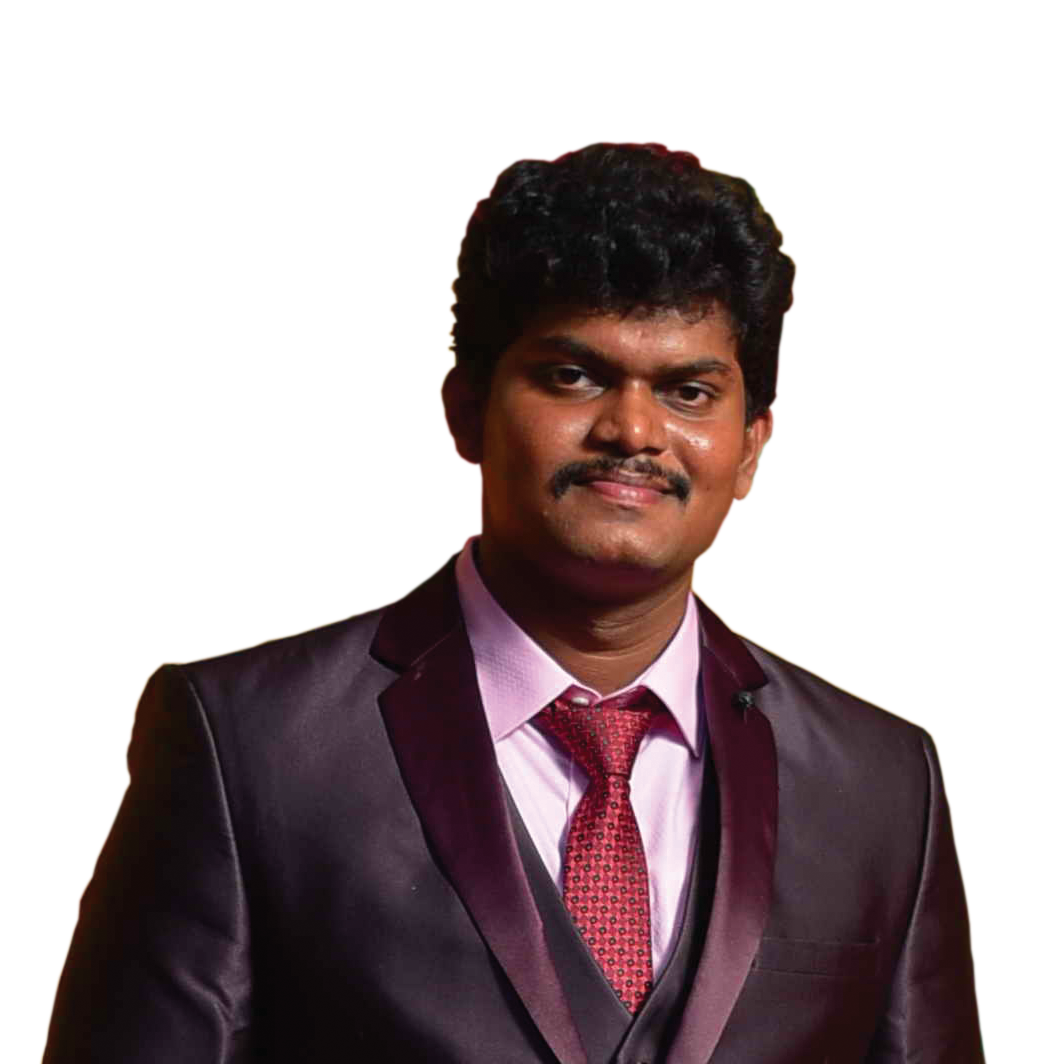🕊️ Secularism: Woven into India’s DNA—made explicit in 1976, lived every day since 1947
Today, as we mark 50 years since the Emergency, conversations have resurfaced about whether the word “secular” should stay in our Constitution. Here’s why that debate misses the bigger picture.
1️⃣ Implicit from Day One
Decades before the 42nd Amendment added secular to the Preamble, our founders—echoing Ashoka’s edicts and the 1928 Motilal Nehru Report—envisioned a Republic where all faiths could flourish without State favour or fear.
2️⃣ India’s unique model
Unlike strict church‑state separation in France or “non‑establishment” in the U.S., Indian secularism is positive and inclusive: the State actively ensures every community’s right to worship—and not to worship—equally.
3️⃣ A guardrail for diversity
With hundreds of languages, cultures and belief systems, a theocratic approach would fracture our social fabric. Secularism remains the best insurance for religious autonomy + civic welfare—the twin duties of modern governance.
4️⃣ Anchored in the Basic Structure
From Kesavananda Bharati (1973) to S. R. Bommai (1994), the Supreme Court has repeatedly affirmed that secularism is part of the Constitution’s untouchable core. Deleting a word won’t delete the principle.
5️⃣ Way forward
Rather than rewriting the Preamble, let’s deepen true secular practice—by rejecting hate speech, strengthening equal‑opportunity policies, and focusing the State’s energy on healthcare, education and jobs.
India’s story shows that secularism isn’t a 20th‑century import; it’s a civilisational habit. Keeping it vibrant is on all of us—citizens, civil society and government. 🌱
—
#Secularism #IndianConstitution #42ndAmendment #Emergency50Years #Democracy #Diversity #Governance #Preamble #BasicStructure #Inclusion
